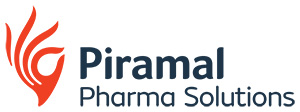The United States accounts for one third of the total global spend on medicines and is predicted to reach US$1,400 per capita spending on pharmaceuticals alone by 2018. And although the US healthcare system has its critics, it does ensure that Big Pharma has enough money to continue its R&D spend to develop tomorrow’s breakthrough pharmaceuticals, according to the newly published CPhI Pharma Insights 2016 USA Pharmaceuticals report, produced in collaboration with research partner GBR.
A major development in the US that will affect the global pharma industry is the effect of free trade agreements. The US Government is currently pushing ahead with negotiations on the Transatlantic Trade Investment Partnership (TTIP) and Trans-Pacific Partnership (TPP). If these are passed by Congress, pharma and chemical manufacturers will be able to source ingredients from abroad without costly tariff charges – making domestic manufacturing more competitive. However, this may have negative implications for the generics industry, particularly with regard to biosimilars, where 12-year patents have been suggested.


